Avoid this Opening Mistake Like the Plague
As with any game, the opening sequence in chess is of great importance to set the tone for the rest of the game. Of course, it is not the be-all and end-all of a game of chess and it is not like you are completely doomed if you do not make a good beginning, but it is better to have a strong beginning rather than having to chase the game and race against chess clocks.
It also depends on the playing style of different players. Some like to make a quick start and be aggressive in an attempt to gain the upper hand by putting the opponent under early pressure. Others like to settle into a game and opt for a slow and measured buildup before making any moves that will hurt the opponent.
Whichever way you choose to play the game and utilise your chess pieces, there are certain moves and strategies that are universally proven to work well. There are also some common mistakes that many players, especially beginners and novices, tend to make.
The chess resources available at the Official Staunton Chess Company have got plenty of information on good and bad chess moves which you can delve into to improve not just your knowledge and understanding of the game but also to become a better player in the process.
A Good Opening Matters
More often than not, how you open a game of chess is likely to decide the direction of the game. In particular, if you are a beginner or an inexperienced player then it is more important for you to have a good beginning because your opponent may not allow you a way back very easily.
Beginners often find it hard to recover from bad openings as compared to experienced pros. This is not to say that they cannot recover. But it is less likely to happen especially if you are up against an experienced opponent who has been around the block much longer and spent his life around chess sets.
The focus should always be on a good beginning. If not, then at least a steady beginning that does not immediately put you on the back foot should be your aim. There are many mistakes that are easily avoidable on chess boards. Yet, a significant number of players all over the world continue to make them which hampers their development. So, make sure that you avoid these mistakes like the plague if you want to progress and grow into a fine player.
Mistakes to Avoid On Chess Tables
Many players tend to make these mistakes subconsciously and may not even understand what went wrong when they come off second best in a game. These errors are actually quite easy to spot and take care of. But you still need to have a keen eye and know what you are looking for in order to be able to pick them.
1) Ignoring Development
Almost all chess players are aware that the purpose of any opening ploy is to develop the pieces and position them well strategically. It is all about which player is able to do that in a more efficient manner on chess tables which gives them the advantage in the middle part of the game.
When a player has the development advantage, they can build attacks sooner without jeopardising the safety of their own king. So, good piece development can often set you up for the win in the middle period with an imposing assault on the king who is often stuck in the centre or is left to be defended by pieces that haven’t been adequately developed.
This begs the question that why do players ignore piece development and end up losing games? One of the reasons is greed. In an attempt to capture an extra pawn, most players let go of chances to develop their pieces.
They also move one piece quite a few times without any rhyme or reason. Such players are most likely to be novices who play aimlessly and there is no method or strategy behind the moves that they play. Or it might simply be the case that they just don’t know how to effectively develop their pieces owing to a lack of experience on chess tables (for example wooden chess tables or any other type).
2) Ill-Planned Attacking Manoeuvres
As mentioned earlier, most players are aware that they need to develop their pieces, take control of the centre, and establish a connection between the rooks before launching a potent attack. However, temptation can get the better of them in many cases.
If they notice an opportunity to play a check or attack some of the bigger pieces of the opponent, then they may sacrifice the development of their pieces in order to attack. But such ploys rarely provide any major advantage mainly because the queen has not been adequately developed.
The important thing to remember is that an unprepared or hasty attack will only hamper the development of your pieces and you may have to make a retreat sooner rather than later. It is much better to fully develop the pieces that need to be developed and only then launch an offensive. Otherwise, you may have to play the opening later on when your opponent is into the middle game already.
3) A Lack of a Middle Game
The simplest opening is to develop your pieces into positions where they seem to be stronger. Bishops can be developed on the open diagonals, the rooks can be positioned on the open files, and the knights can take the centre. However, an even better approach would be to develop your pieces with a middle game plan in mind.
For instance, if you plan to attack the short side to castle the king, then you need to position your bishop on the long diagonal while also bringing the queen and a knight along. In addition, you might want to place the rook in a position from where you can lift it up quickly if there is a need.
Parting Note
Most of the time, the quality of your opening will decide how the game will go. Even experienced players who are more likely to recover from bad openings as compared to rookies know this. That is why you should always focus on good openings and effective piece development to set yourself on the way to victory. And please make sure you avoid the mistakes mentioned in this post. It is for your own good on a chess board.



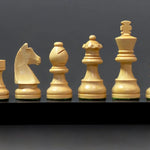
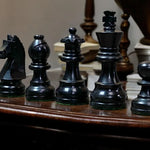
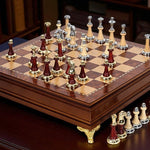
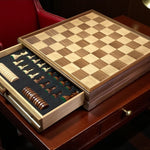
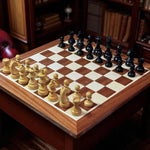
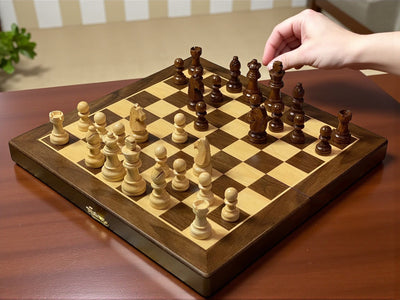
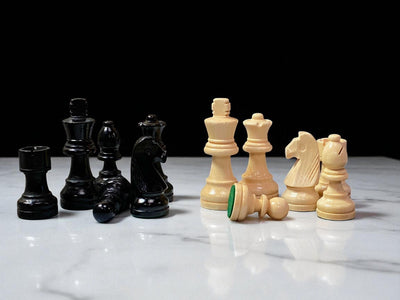
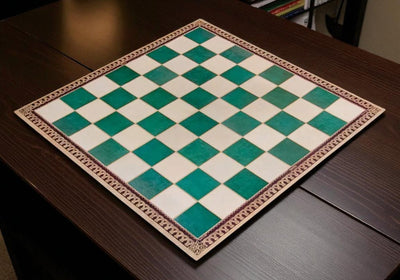
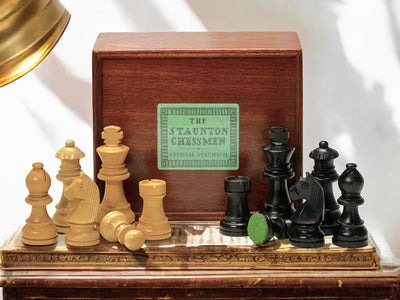
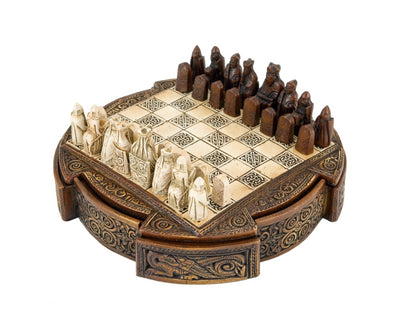

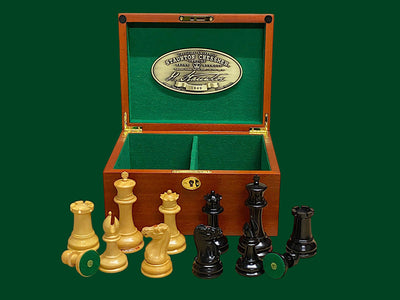
Leave a comment